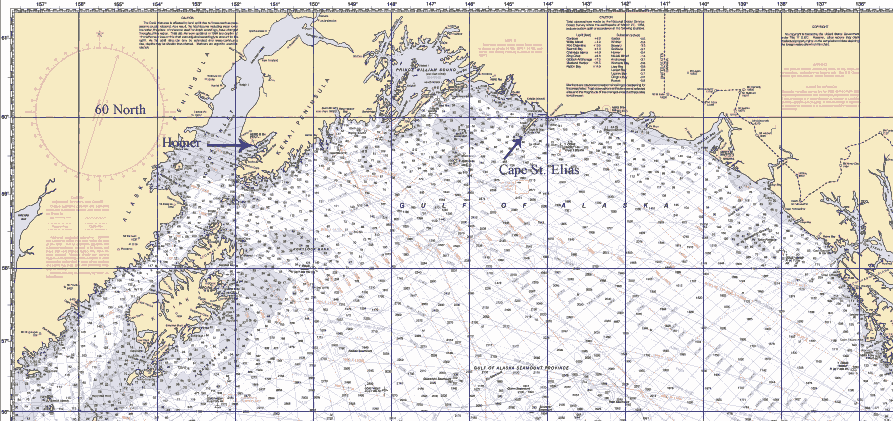Hi all, I recently bought the “Morning Star” which is an owner finished BCC #16. The boat is now in a yard in Anacortes WA and I will be going there in 2 weeks to fit out for the trip to my home in Homer Alaska. I hope I don’t overload the forum as my questions come up but since my shake down cruise is somewhat long I want to get everything set up as well as I can. The previous owner apparently didn’t use the boat much so I’m going in blind as far as the equipment goes. Here are a couple I’d really like some info on:
This one is for those who have small auxiliaries: The engine is a Vetus 16hp @3600 diesel w/2:1 reduction. She has a 13x8 2 blade prop. I’d like to replace that with a 3 blade. Does anyone have any useful info on prop types and sizes with a small engine like this? Is the expense of a Max-prop or other feathering prop worth it on a full keel boat like this? Anyone have fuel consumption figures? Any real-world experiences would be much appreciated.
There will be a lot of motoring time going up the Inside Passage so I’m also curious as to other owner experiences with different models of tillerpilots. I got a Navico 1800 with her but I’m not sure it’s working very well.
She also has a Navik self-steering vane installed. Anyone used one on a BCC?
Would like to know of experiences and sail combinations when heaving to. My main has 2 reefs and a friend is loaning me a 58 sq. ft. storm jib for the trip. (The Gulf crossing has never treated me well on 2 previous trips).
Anchoring: In previous trips I’ve had to flog around at anchor in semi-protected spots in gales for several days running. I have a chain bobstay which gives me some worry of chafe. Solutions?
Hope I didn’t overload on my first post 
The boat is still on the web at http://www.yachtworld.com/boats/Bristol-Channel-Cutter/1
It’s the 1980 one
Thanks much for any info,
Ron Downing
1247 Bay Ave. Homer, Alaska 99603
gusto@alaska.net
